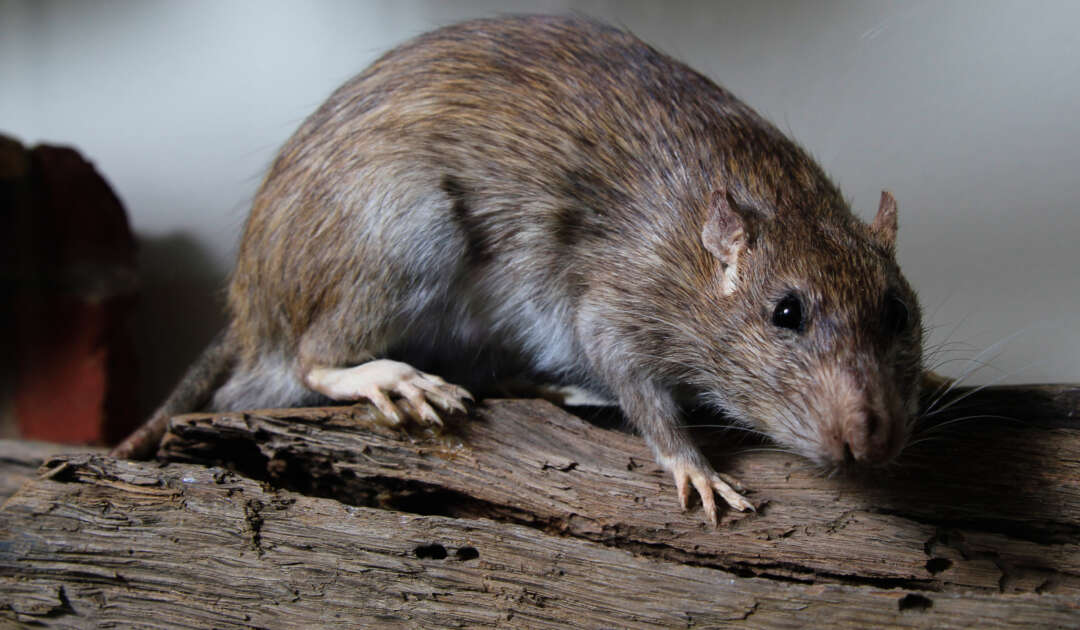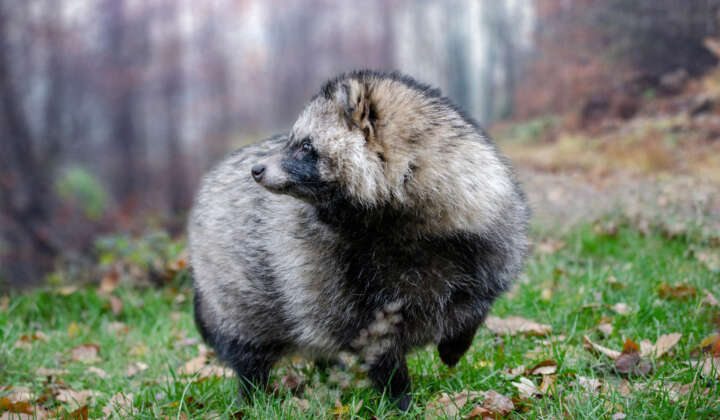Expensive Invasion
Non-native species have incurred costs of more than 116 billion Euros in Europe between 1960 and 2020
Together with an international team, Senckenberg scientists have investigated the costs incurred by invasive species in Europe and Germany. In their studies, published today in the scientific journal “NeoBiota,” they show that in European countries, non-native species caused damage in excess of 116.61 billion Euros in the period from 1960 to 2020. In Germany, the figure for the same period is an estimated 8.21 billion Euros. According to the researchers, the expenditures increased tenfold in each decade – and the actual costs are probably many times higher.
The rat, the common ragweed Ambrosia artemisiifolia, the wild rabbit, the emerald ash borer, and the flatworm species Gyrodactylus salaris have one thing in common: among all invasive species in Europe, they are considered to be the five that cause the highest costs. “Rats alone has caused costs of around 5.5 billion euros in the European region within 60 years,” explains Dr. Phillip J. Haubrock from the Gelnhausen field office at the Senckenberg Research Institute and Natural History Museum Frankfurt.
Haubrock and an international team have taken a close look at the damage and costs caused by invasive species in Europe and Germany. Their calculations are based on the InvaCost database, which records a global assessment of the economic damage caused by alien species. “For the first time, we have comprehensively and in detail quantified the costs incurred by invasive species in European countries and observed their trends over a 60-year period,” adds Haubrock. The total cost of invasive species between 1960 and 2020 amounted to 116.61 billion Euros, with the UK, Spain, France, and Germany showing the highest costs. The non-native animals and plants caused the greatest economic damage in agriculture and forestry.
“The reasons for the immigration and introduction of invasive species are manifold: tourism, global warming, trade, traffic. Germany, for example, with its central location, engages in intensive trade with other countries, which is certainly one of the main causes of the spread and introduction of alien species,” says the biologist from Gelnhausen. To determine the economic costs of invasions in Germany, the researchers analyzed the available data. Overall, the economic costs between 1960 and 2020 are estimated at 8.21 billion Euros. This includes potential costs of 7.45 billion Euros that are based on extrapolated data for a small handful of invasive species – the American bullfrog, the black cherry Prunus serotina as well as the muskrat Ondatra zibethicus and the American mink.
“Moreover, we were able to determine a linear increase in costs both at the European level and in Germany – the economic damage increased by a factor of ten each decade!” explains Haubrock. And according to the researchers, these costs are probably still underestimated. Haubrock elaborates, “According to current data, of the nearly 200 species listed as invasive, only 28 species in Germany cause corresponding costs. Species such as the North American raccoon – which has already been proven to cause damage in Germany – are not even included in the calculation yet.”
In their study, the team of scientists further points out that some of the expenses incurred are difficult to quantify, citing harm to human health or displacement of native species as examples of indirect costs.
“Not all invasive species cause economic damage, but the costs incurred are likely to be extremely underestimated and are probably many times higher. Invasion rates continue to rise, and we must assume that economic costs will follow this trend as well. To address the growing economic and ecological problems of invasive species at the regional or national level, surveying reporting, and assessment of the damage will need to be greatly improved. Management budgets and countermeasures are often set at the government level; thus, the quantification of costs at the national level is the decisive first step. But in our globalized and increasingly interconnected world, preventing and mitigating damage will only succeed in international lockstep,” concludes Haubrock.
Publications:
Economic costs of invasive alien species across Europe, doi: 10.3897/neobiota.@@.58196
Economic costs of invasive species in Germany, doi: 10.3897/neobiota.@@.59502




